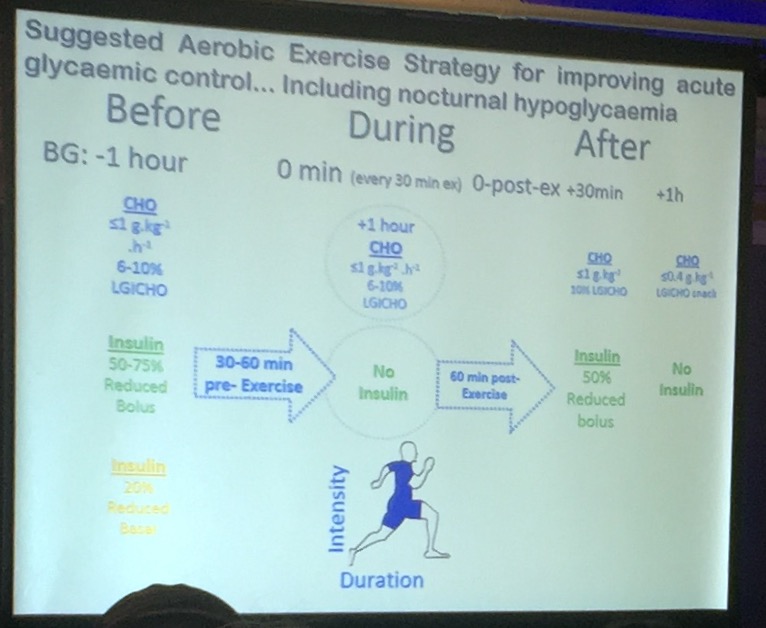There are regular posts on the forum about training and exercise, and how to make it easier, what to do with regards to insulin and how to deal with food. At the PWDC this weekend, we saw huge amounts of interest in exercise and how to manage your regime whilst undertaking everything from Weight Training to Ultra Marathons.
I thought it would be good to pull all of this together in a single thread so that we could provide links to exercise websites and provide key tips.
As a starter, here's the Runsweet website, which is designed to give advice about exercising with Diabetes. Everyone should post their tips and tricks on what to watch out for.
One of the most common issues that people face is unexpected hypos, and the reason for this occurring is often due to food boluses taken in the two to three hours preceding the exercise you are doing. It's surprising how often this is the cause of unexpected lows.
One tip that I''d like to share is a very simple one. You don't need a fancy CGM or expensive piece of software to work out what's happening with bg levels throughout exercise. All you need is a pen and paper (and you can also substitute excel).
Simply plot your blood glucose levels, basal insulin if on a pump and any boluses and food that you've eaten in the preceding few hours, plus any exercise using time along the x-axis. It's surprising how easy it is to see what's causing changes when you see them in a graphical form like this.
I thought it would be good to pull all of this together in a single thread so that we could provide links to exercise websites and provide key tips.
As a starter, here's the Runsweet website, which is designed to give advice about exercising with Diabetes. Everyone should post their tips and tricks on what to watch out for.
One of the most common issues that people face is unexpected hypos, and the reason for this occurring is often due to food boluses taken in the two to three hours preceding the exercise you are doing. It's surprising how often this is the cause of unexpected lows.
One tip that I''d like to share is a very simple one. You don't need a fancy CGM or expensive piece of software to work out what's happening with bg levels throughout exercise. All you need is a pen and paper (and you can also substitute excel).
Simply plot your blood glucose levels, basal insulin if on a pump and any boluses and food that you've eaten in the preceding few hours, plus any exercise using time along the x-axis. It's surprising how easy it is to see what's causing changes when you see them in a graphical form like this.

